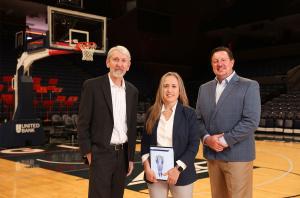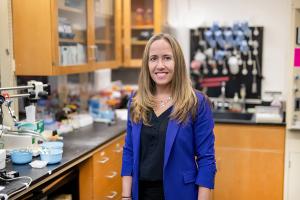Silvia Salinas Blemker, Ph.D.

About
Silvia Blemker uses experimental and computational models to characterize the relationships between muscle structure, biomechanical properties, biology, and function in order to develop new treatments for musculoskeletal disease. She did her undergraduate and Master’s work in Biomedical Engineering at Northwestern University, and her PhD in Mechanical Engineering at Stanford University. She is broadly interested in muscle mechanics & physiology, multi-scale modeling, mentoring students, and teaching.
The Multiscale Muscle Mechanophysiology (“M3”) lab is collectively fascinated by skeletal muscles, which are the motors for all the wide range of voluntary movements in the human body. Each muscle’s properties are beautifully tuned for a specific function in the body, which can be easily disrupted by diseases such as muscular dystrophy, cerebral palsy, or in aging populations. We seek to gain new insights into the form, function, biology, and diseases of muscles. Our work has the ultimate goal of improving treatments and quality of life for individuals suffering from muscle-related clinical problems. We integrate a variety of computational and experimental approaches to achieve this goal. Dr. Blemker is from Lawrence, Kansas.


